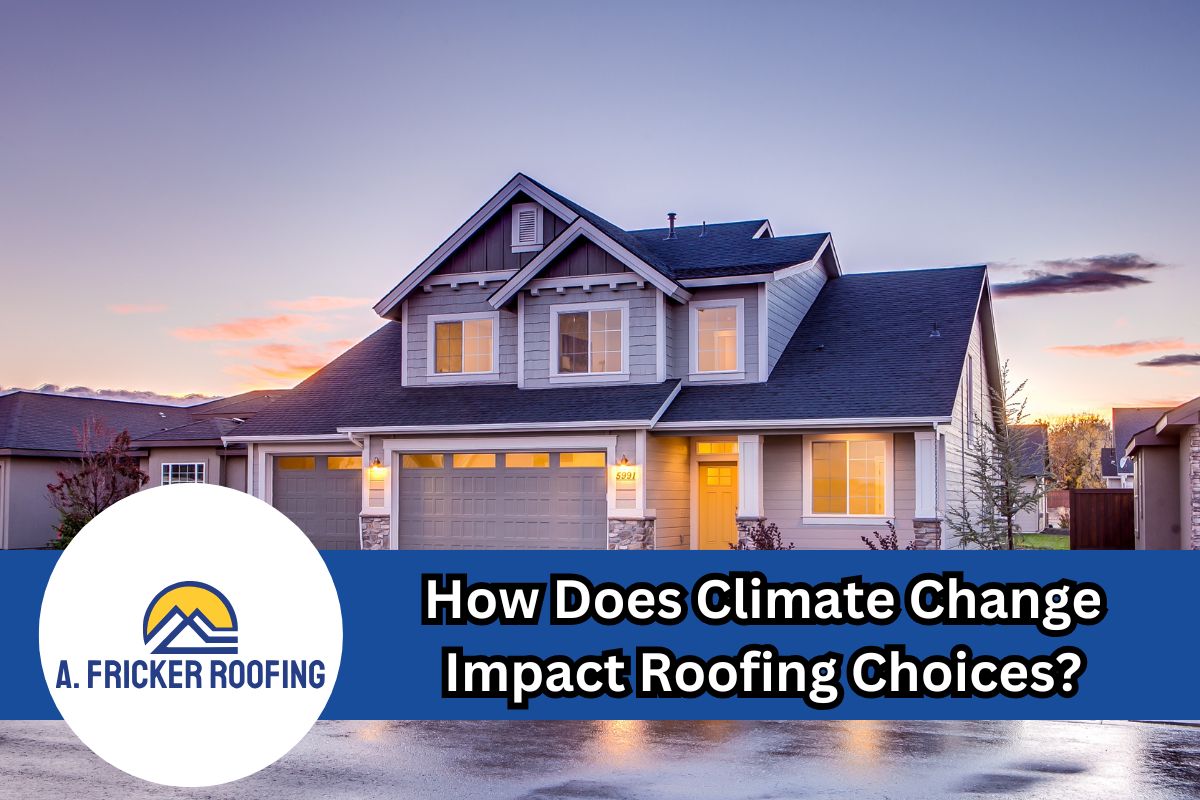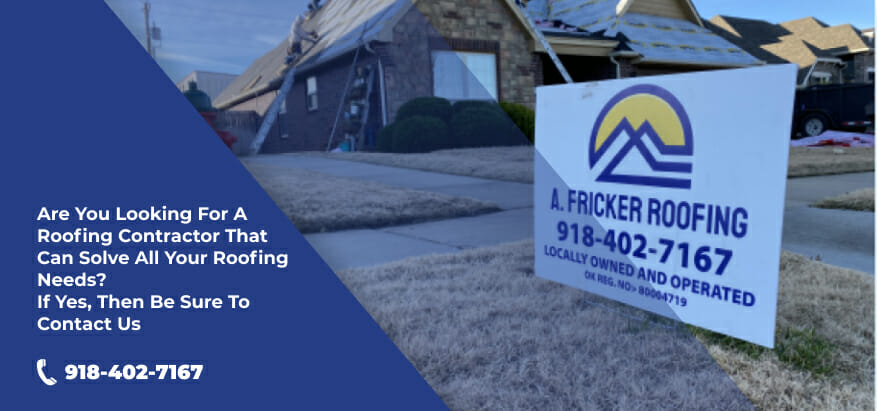When we think about protecting our homes from climate change, we often focus on things like changing the lights or adding energy-efficient windows. However, as climate concerns arise, more and more people are looking for options that provide a more sustainable approach, to not just a few areas, but the entire home.
With harsh weather and temperatures, your roof is facing some serious challenges. From scorching summer temperatures to unpredictable storms, it’s clear that roofs need to be tougher than ever. But the good news is that roofing technology is evolving to keep up.
If you’re thinking about replacing your roof or building a new home, understanding how climate change impacts your roofing choice is crucial. Luckily, In this blog post, we’ll discuss how climate change is changing the needs of homes and business owners when it comes to their roofs. Keep reading to learn which choice will suit your home the best and ensure protection for years to come.
How Climate Change Is Shaping Roofing Decisions
If you’re like most homeowners, you probably don’t think about your roof until something goes wrong. However, with the effects of climate change becoming harder to ignore every year, paying attention to the type of roof you have is more important than ever.
Here’s why: Climate change is increasing the frequency and intensity of extreme weather events. This includes hotter summers, more severe storms, and even wildfires in certain parts of the country.
Here’s a breakdown of how different climatic events affect roofing materials:
Rising Temperatures: Many areas are experiencing more intense heat waves, which puts roofs under greater stress. Traditional roofing materials can crack or warp under extreme heat, leading to expensive repairs. You may also want to invest in more energy-efficient roofing materials as temperatures rise.
Storms and Hurricanes: If you live in an area prone to hurricanes, you’ve probably already noticed that storm intensity is on the rise. The increased frequency of high winds and heavy rainfall can cause significant damage to roofs that aren’t built to withstand these conditions.
Wildfires: In parts of the country where wildfires are a growing concern, the roof over your head could be a lifesaver. Homes with fire-resistant roofing materials have a better chance of surviving if the fire reaches your property.
Best Roofing Choices To Make In Order To Combat Climate Change!
As climate change pushes temperatures higher, increases storm intensity, and creates unpredictable weather patterns, roofing materials aren’t just a matter of protection, they’re now becoming a tool in the fight to curb climate change itself. Many homeowners today are taking a more climate-conscious approach, choosing materials that not only perform well in extreme conditions but also help reduce energy use and carbon emissions.
Here’s a breakdown of some of the best roofing choices that not only protect your home, but also do their part for the environment.
Choice #1: Energy-Efficient Roofing Materials
One of the most effective ways to combat the effects of climate change, and reduce your home’s energy bills, is by choosing energy-efficient roofing materials. The right roof can help keep your home cooler in the summer and warmer in the winter, lowering your reliance on air conditioning and heating, and ultimately helping the environment.
Here are energy-efficient materials to consider:
Metal Roofs
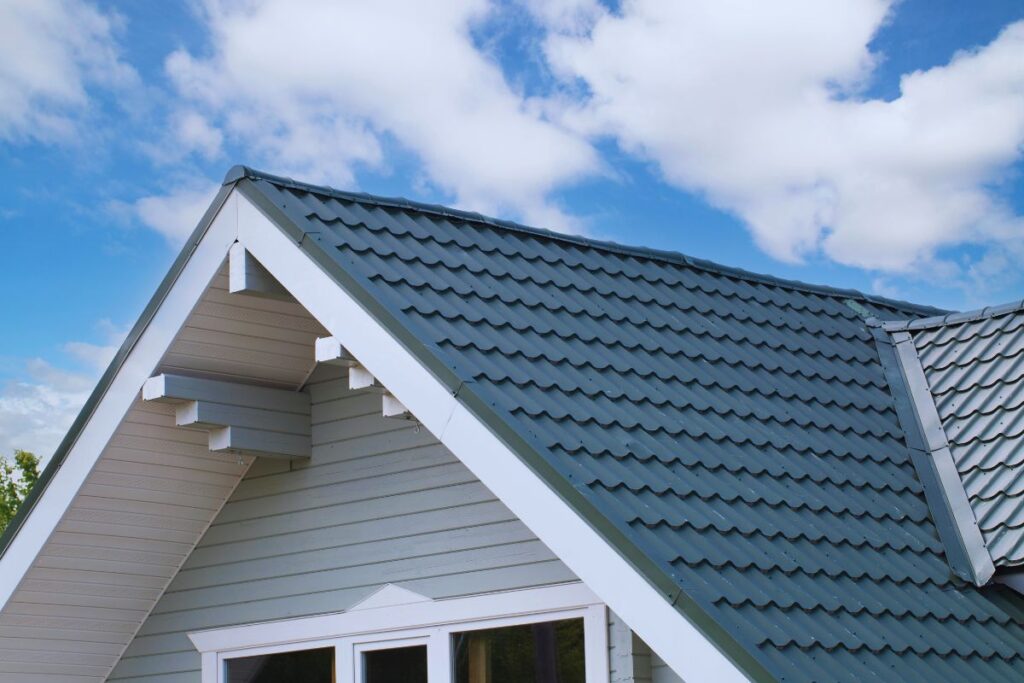
While traditional shingles lack in the area of energy efficiency, you will not face the same problem when you install a metal roof. Apart from qualifying as a cool roof, metal roofs have several other advantages. A metal roof lasts for more than 50 years and is highly weather resistant, the perfect choice for your Oklahoma home. However, they are more expensive than shingle roofs.
Cool Roof Shingles
If you are dead set on installing roof shingles, then you should consider cool roof shingles. These shingles have lighter colors and use special granules to enhance their ability to reflect UV rays and keep your roof safe.
Choice #2: Focus On Sustainable Roofing Materials
Homeowners are increasingly opting for sustainable roofing materials to reduce their environmental footprint. These options not only last longer, but are also made from renewable or recycled resources, further reducing their impact on the planet.
Recycled Roofing Materials:
A lot of modern roofing options now include materials made from recycled content. For example, recycled asphalt shingles can be made from post-consumer waste, like old tires, plastic bottles, and more. Some roofing manufacturers, such as Malarkey are known for using recycled rubber tires to manufacture shingles.
These materials provide the same durability as traditional shingles but come with the added benefit of reusing resources that would otherwise end up in a landfill.
Green Roofs:
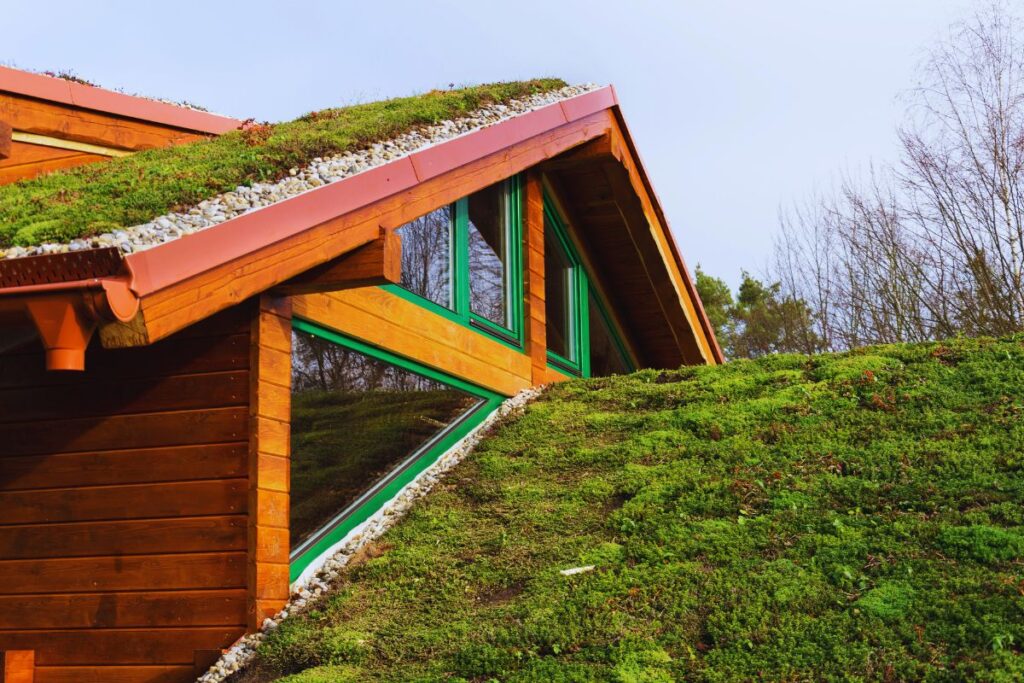
Green roofs, also known as living roofs, are an innovative choice for homeowners looking to get more eco-friendly. If you have a flat roofing system, a green roof can serve as an exciting and sustainable roofing choice.
These roofs are covered with vegetation, which not only provides additional insulation but also absorbs rainwater and reduces runoff. Green roofs can also help combat air pollution and provide a habitat for local wildlife, making them a great option for urban areas where green spaces are limited.
Wood Shakes or Shingles from Sustainable Sources:
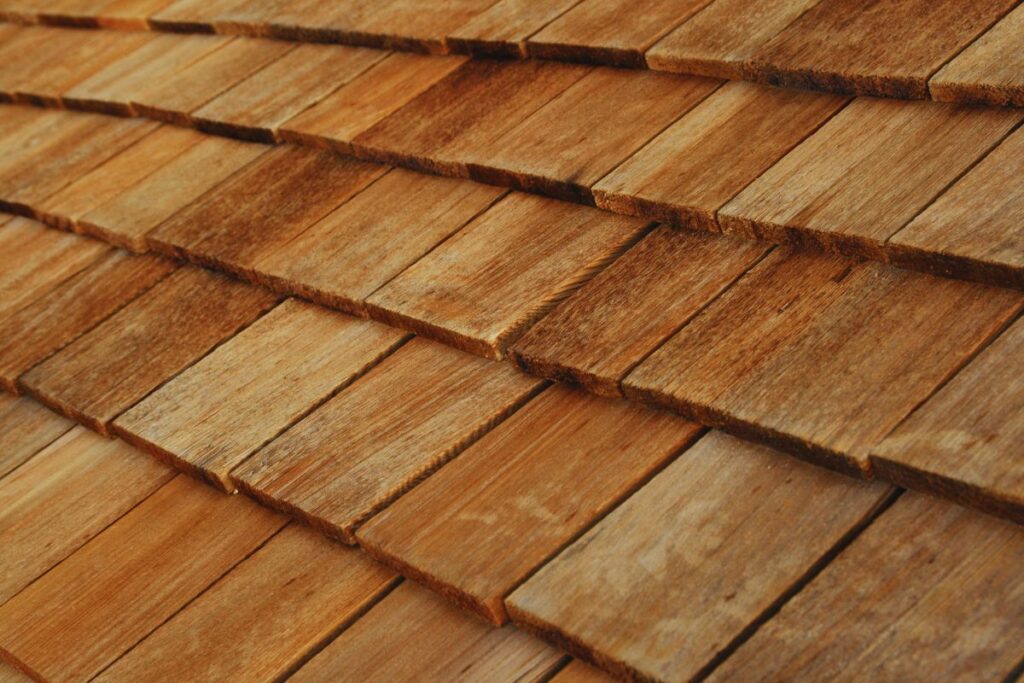
If you’re interested in a more rustic or natural look, wood shingles or shakes from sustainably managed forests are a fantastic choice. Just make sure the wood is treated for fire resistance, especially if you live in a wildfire-prone area.
Choice #3: Roof Coatings for Better Climate Performance
Roof coatings are another excellent way to improve your roof’s energy efficiency and durability while also playing a part in reducing climate change. These coatings are applied directly to your existing roof and help enhance its performance in a variety of ways.
Reflective Roof Coatings:
Reflective coatings, often referred to as cool roof coatings, are a highly effective way to increase your roof’s solar reflectance. By reflecting more sunlight, these coatings reduce the amount of heat absorbed by your roof, and therefore cooling costs and energy consumption during hot summer months.
Waterproof and Weather-Resistant Coatings:
These coatings can also protect your roof from water damage, which is especially useful in regions experiencing more frequent or intense storms due to climate change. Waterproof coatings can extend the life of your roof, reduce the need for repairs, and help protect your home from leaks during extreme weather events.
Choice #4: Solar Integration: The Power of Clean Energy
Few roofing choices are as effective in curbing climate change as integrating solar power into your home. Solar panels help reduce your reliance on fossil fuels and lower your overall carbon footprint by generating clean, renewable energy directly from the sun.
Solar Panels on Traditional Roofs:
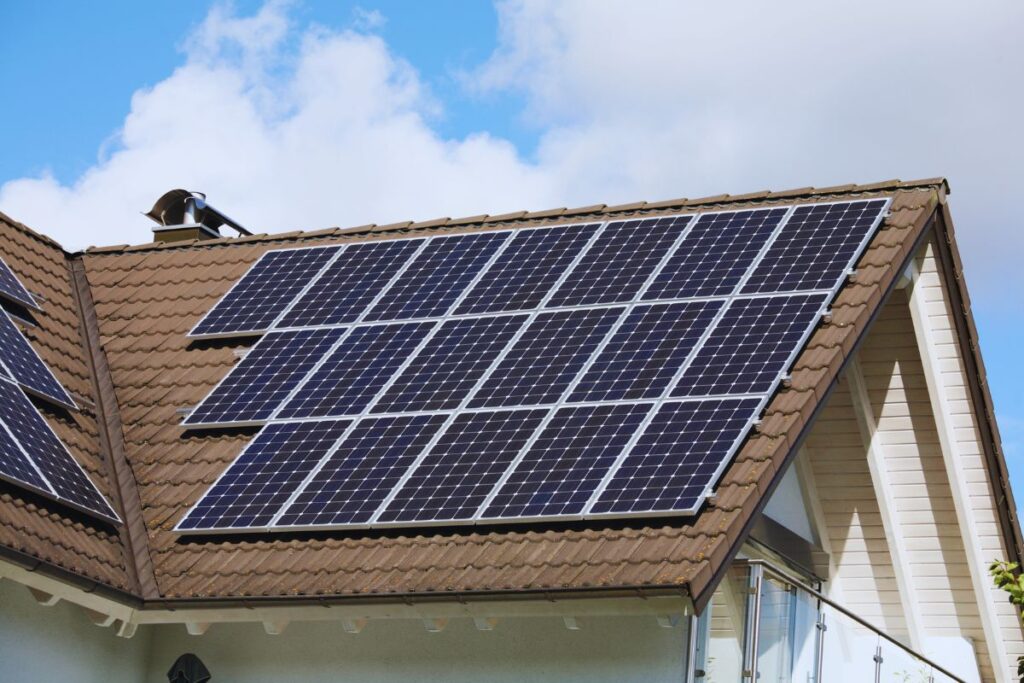
You can install solar panels on almost any type of roof, whether it’s made from asphalt shingles, metal, or tile. The key is ensuring that your roof is structurally sound and can support the weight of the panels. Solar energy systems can dramatically reduce your electricity bills and, in some cases, even allow you to sell excess energy back to the grid.
Solar Roof Shingles
For homeowners who prefer a more integrated look, solar roof shingles are a sleek and modern alternative to traditional solar panels. These shingles are designed to look like regular roofing materials while also generating electricity for your home.
Hire The Experts At A. Fricker Roofing and Waterproofing For A Climate Resistant Roof
At A. Fricker Roofing and Waterproofing, we are all for sustainable roofing. We believe in helping homeowners make smart, eco-friendly choices that not only protect their homes but also contribute to a greener planet. Our team of experienced roofing professionals can guide you through the roof replacement process, ensuring you choose the best materials and technologies for your specific needs. Contact us today at (918) 402-7167 to learn more about how we can help you!
